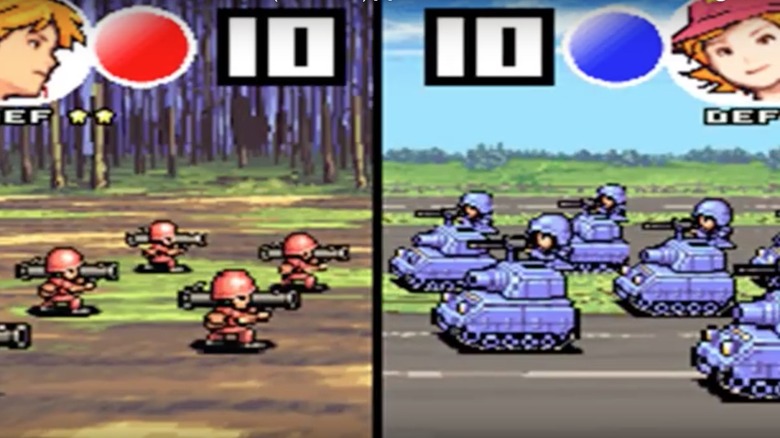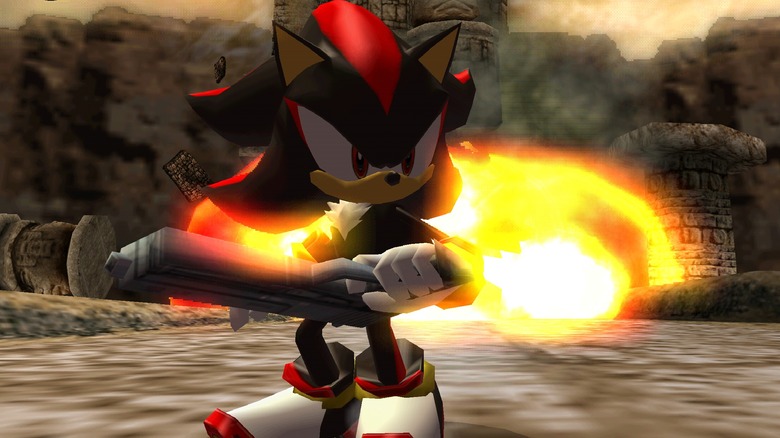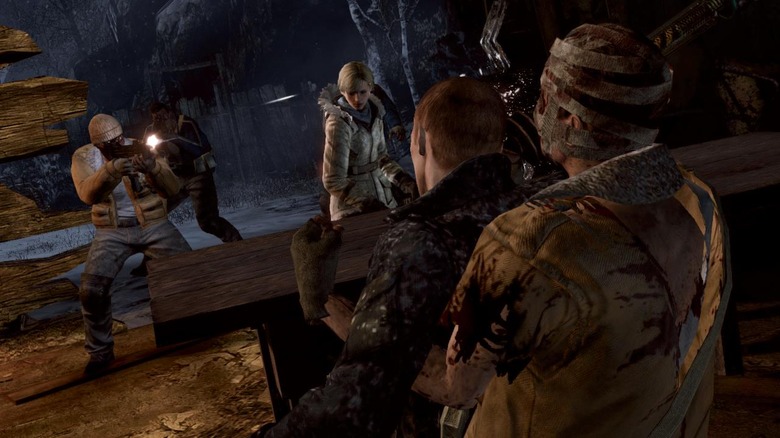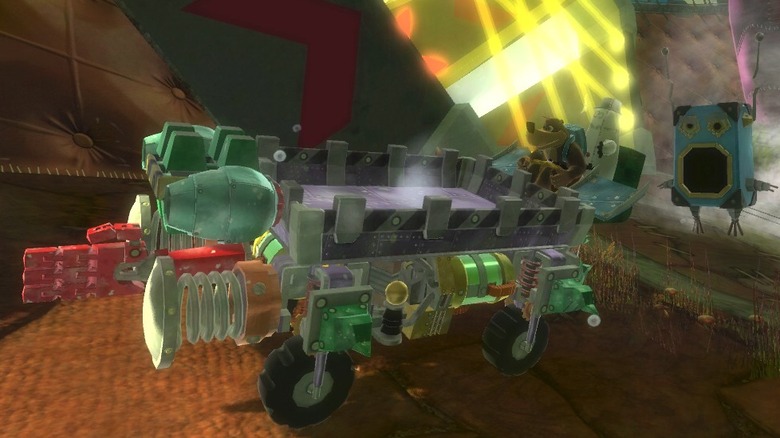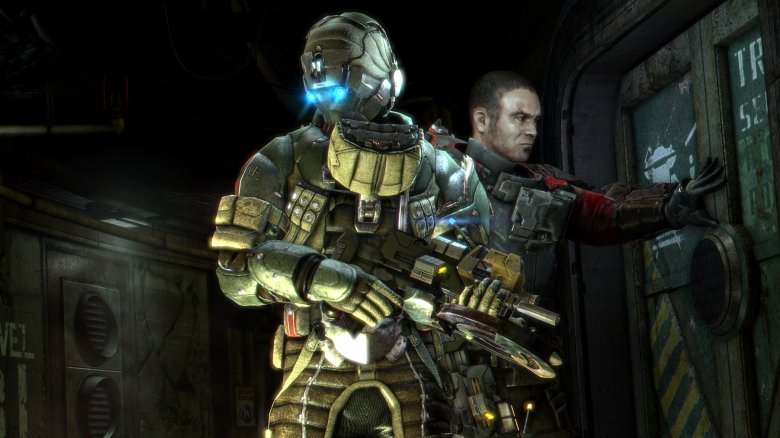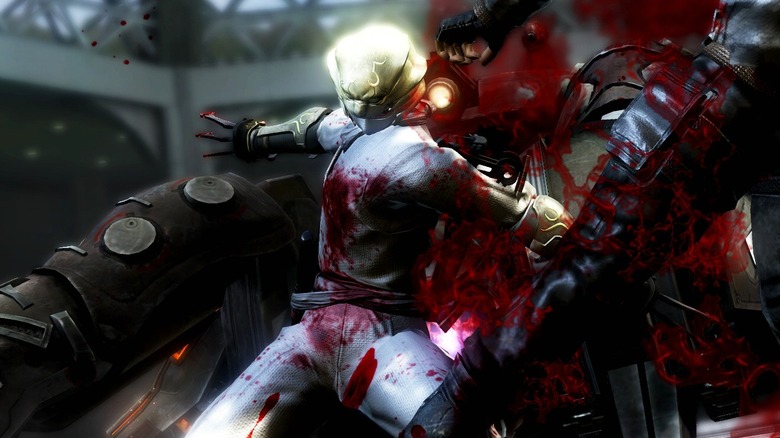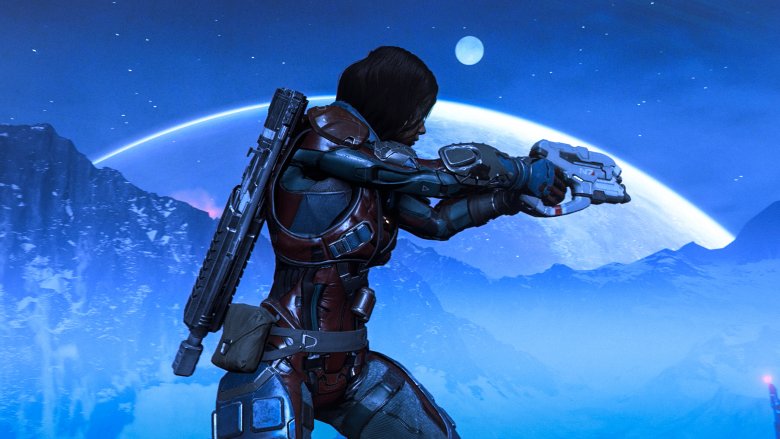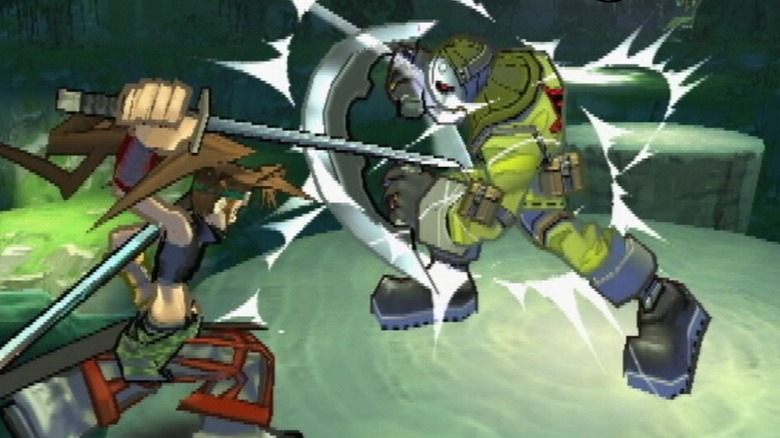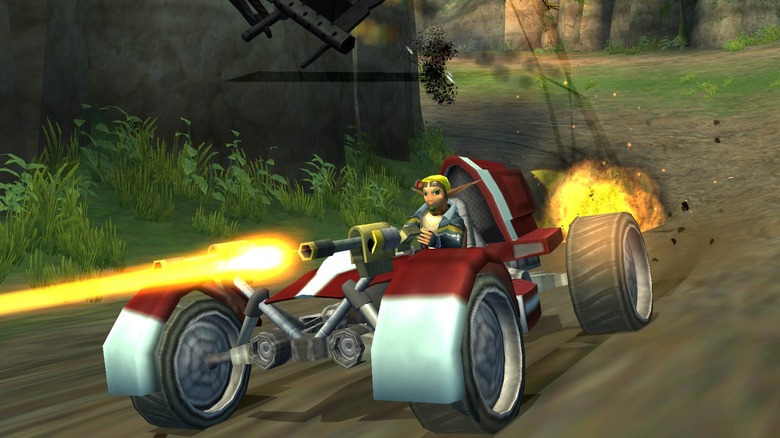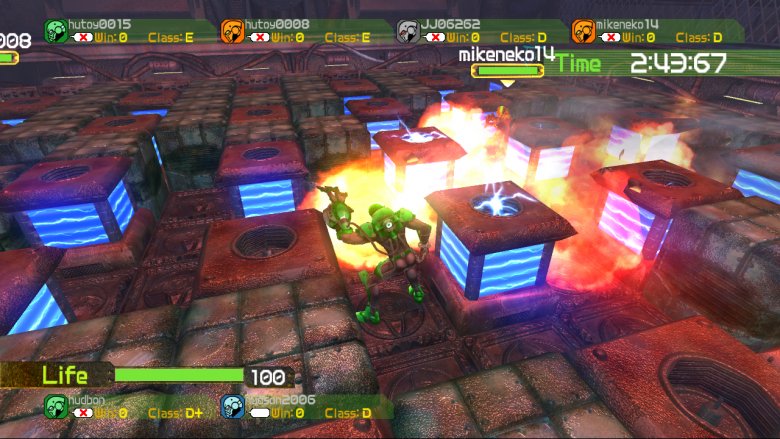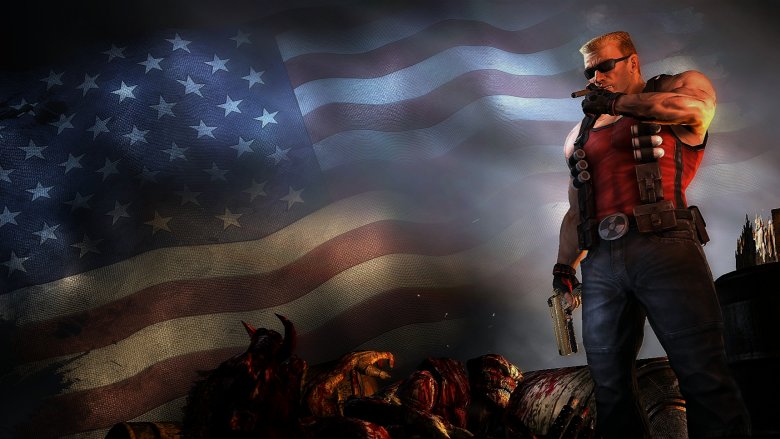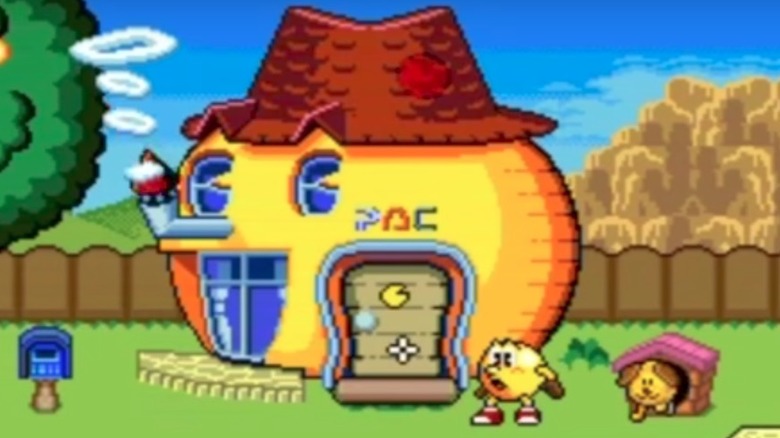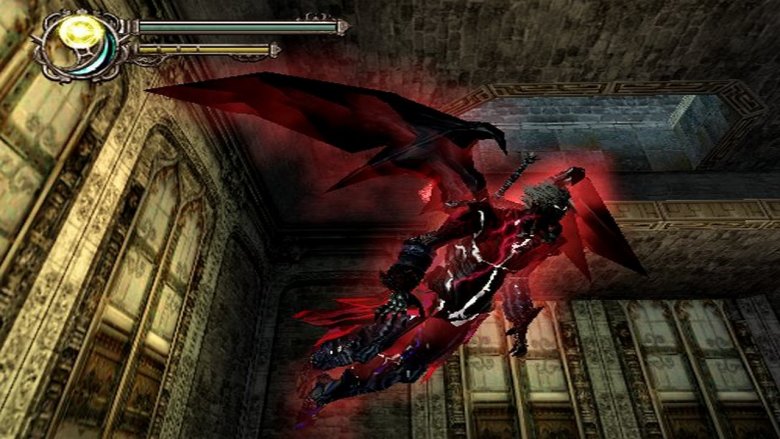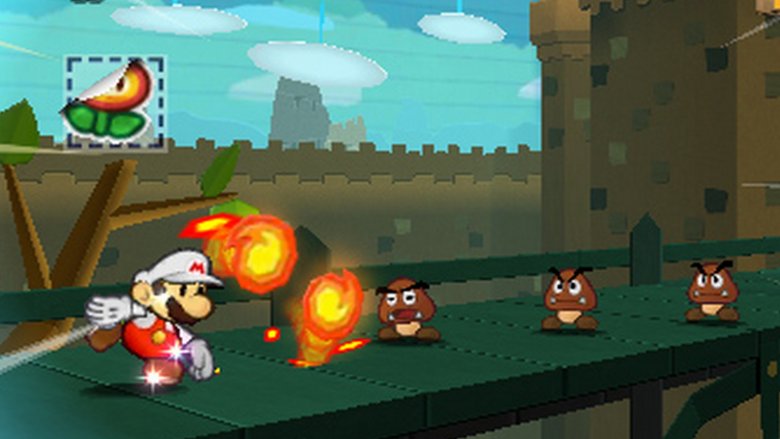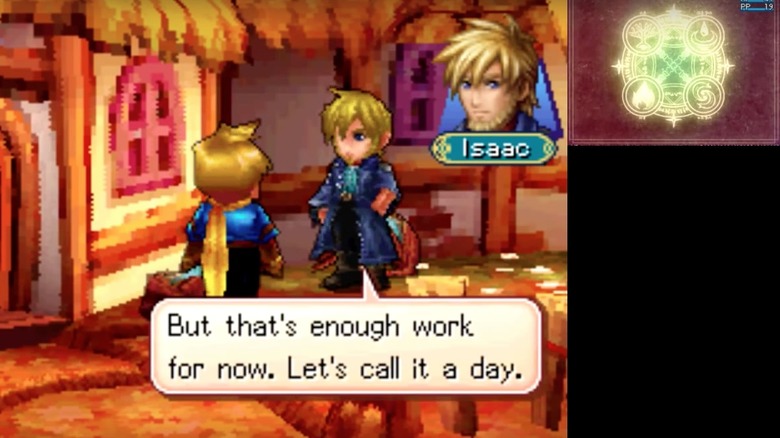The Most Disappointing Video Game Sequels
Who doesn't love a great video game sequel? A chance to revisit your favorite characters, usually with improved graphics and gameplay, all from a trusted brand that you already know that you love. There's really no downside. Well, if it's a good sequel, that is. Unfortunately, not all follow-ups are created equal—here are some of the most disappointing video game sequels.
Advance Wars: Dual Strike
Advance Wars is one the best franchises to have ever come out on the Game Boy Advance. A turn-based strategy game that was easy to learn and difficult to master, the first installment, Advance Wars, established the series' colorful cast, innovative gameplay, and delightful animation. The sequel, Advance Wars: Black Hole Rising (also on the GBA), doubled down on the successful style, with improved map diversity, more characters, and greater depth to the CO Power system.
By the time the Nintendo DS rolled around, fans were excited to see what improvements would be made with Advance Wars: Dual Strike. Unfortunately, they were greeted by new characters with vague personalities and designs, a ridiculously short campaign, and, worst of all, broken combat.
While exciting to use at first, the mechanic encouraged players to be much more reckless and aggressive, ruining the balanced strategies and puzzle-like complexity of the original games. The franchise stumbled forwards with one more sequel that was unrelated to the franchise plot, but the development team moved on to the Fire Emblem series, leaving Advance Wars with only two phenomenal games as its legacy.
Shadow The Hedgehog
It's almost impossible to talk about a list of disappointing video game sequels without discussing this bizarre monstrosity. Supposedly an attempt to to cash in on the popularity of Shadow the Hedgehog (think Sonic but with all the signifiers of '90s comic book anti-heroes), the game is a bizarre mish-mash of characteristics that wouldn't satisfy either fans of the character or interested new players.
The game plays somewhat consistent with past Sonic games—Shadow is generally very fast and can turn into a speedy ball, but the game "innovates" on past games by adding a motorcycle and guns, along with a mercilessly painful control scheme, overwrought dialogue, and a bizarrely complex storyline. The game touts dozens of unique endings, but it's hard to imagine a player finishing the game once, let alone multiple times.
Resident Evil 6
Bigger is better when it comes to sequels, right? Well, if Resident Evil 6 is any indicator, not always. The game's another installment of the long-running action-horror franchise by developer Capcom, and it adds over half a dozen playable characters, multiple campaigns, and massive monster-filled set pieces. Unfortunately, it suffers from death by committee—there's so much sheer stuff of varying tones that it's impossible for players to know whether they're supposed to be scared or exhilarated. Add in the mind-boggling decision to have multiple campaigns cross over with identical levels and you've got a game that seems artificially inflated, like a monstrous pufferfish. Which, come to think of it, would probably be scarier than many of the monsters in this overbaked sequel.
Banjo-Kazooie: Nuts & Bolts
Banjo-Kazooie is probably your favorite classic platforming game, provided you don't like Mario, Sonic, Crash Bandicoot, Sly Cooper, Mega Man, Donkey Kong, Kirby, or Bubsy. The franchise built a loyal cult following due to its colorful graphics and massive game worlds, but after Nintendo moved on from the N64 console, its future was uncertain. Banjo-Kazooie: Nuts & Bolts brings the game back for the Xbox 360, but with barely anything that fans loved about the original. Instead, the focus is on collecting Lego-like engine parts in order to design specialized vehicles to beat challenges.
While that's not necessarily a bad design idea, it begs the question of why this was even a Banjo-Kazooie game at all. Long-time fans wouldn't have been satisfied unless the franchise remained true to its core platforming roots, and new players wouldn't be enticed by the Banjo-Kazooie branding anyway. All players were left with was a game that felt vaguely like LEGO:Racing that wasn't the real thing.
Dead Space 3
The first two Dead Space games raised the bar for action-horror as a genre, putting an emphasis on the working-class engineer main character Isaac, and the cobbled-together weapons he uses to fight demonic alien creatures in claustrophobic environments. The Alien-meets-Evil-Dead tone was a hit, and players were eager to see how the developers would end the trilogy.
Unfortunately, Dead Space 3 had more of an emphasis on combat and nonsensical plot than the tightly-written scares and character motivations fans had expected. The new addition of a co-op mode with yet another grizzled spaceman meant that the isolated terror of the previous games was lessened even more. But the worst part is how many errands you're expected to run as side-quests or even main missions. Even good combat can't save the player from feeling like they actually are an engineer, forced to run back and forth between rooms to get that one last part they need.
Ninja Gaiden 3
Sometimes games gain a reputation for being excellent almost purely because of the difficulty associated in learning how to play it. While there's definitely a certain joy in learning a new skill and feeling your progression encouraged by a difficult game, this leads to an issue if the developers ever want to open the game up to a generalized audience. How do they keep to the core of the game without relying entirely on difficulty?
It's a difficult question, but Ninja Gaiden 3 definitely doesn't have the answers. It dials back the difficulty to the point that it might as well be on autopilot, the story reaches new heights of nonsensical motivations (almost becoming a dadaist masterpiece), and the new additions to gameplay run the gamut to ignorable to sheer disaster: for example, the guilt from all the player's previous murders occasionally just stops the game dead so the main character can keel over while enemies just observe respectfully. All in all, maybe Ninja Gaiden should have stuck with just being difficult.
Mass Effect: Andromeda
Mass Effect: Andromeda had a lot to live up to. The previous trilogy had defined developer BioWare's output for a generation, with fans so invested in getting a proper and satisfying ending to their decade-long play times that original DLC had to be created just to satisfy them. Unfortunately, Mass Effect: Andromeda is more forgettable than good or bad. Character-writing, usually BioWare's specialty, is less complex, and the relationships offered to players don't leave much for fan fantasies.
With it's rougher writing, limited alien diversity, and a paint-by-numbers plot, Mass Effect: Andromeda just feels like a rough draft for the original trilogy, a feeling that's only increased by the spotty graphics and bizarre character model bugs. On the other hand, this leaves the field open for fan-favorite character Garrus to get that spin-off game fans have been clamoring about for years.
Musashi: Samurai Legend
The original Brave Fencer Musashi was a hidden gem in developer Square Enix's back catalog, a real-time RPG with surprisingly good sprite graphics, great boss battles, and a combat system that combined the best of Kirby and Final Fantasy. Even today, the game demands a high price from used game sellers for its rarity and surprisingly dense gameplay.
The sequel/reboot, Musashi: Samurai Legend, on the other hand, throws out just about everything that was good about the first game. Gone are the free-roaming maps and real-time clocks in favor of static, claustrophobic stages that players still got lost in. Likewise lost is the easy-to-use dagger that allowed players to steal useful (and occasionally not so useful) powers from enemies. Instead, players have to perform a complicated, unique action for each enemy during a time frame that borders on the millisecond. While the game's existence is cause for annoyance from Musashi fans, the worst part is that the sequel has drawn attention away from the excellent original and made a remake/re-release unlikely. This is an actual sequel that did ruin the original.
Jak X: Combat Racing
While certain fans will recognize developer Naughty Dog as the creator of the Uncharted series, or The Last Of Us, one of their older beloved franchises was the Jak series. Following an occasionally mute humanoid and his foul mouthed weasel-like sidekick, the series went from sunny world-saving in Jak and Daxter, to future dystopia in Jak II, all the way to a messiah's journey in Jak 3. Through it all, fans knew they could count on the games to keep the consistently great platforming aspects that defined the series.
Well, before Jak X: Combat Racing, that is. Throwing out the series-defining quirks to build an entire game out of the minigames featured in Jak 2 and Jak 3 would be a bold move in the best of worlds. But the worst part was that the game promised to continue the storyline from older Jak games. For fans interested in revisiting the world, they had no choice but to play a combat racing game that was completely unlike older installments. The worst part? It still didn't offer a satisfying conclusion to the storyline.
Bomberman: Act Zero
While gritty, violence-filled remakes have become de rigueur for movies and video games for years, making a child-friendly game "grow up" by adding gratuitous body counts and a grim setting just feels sad. Bomberman Act: Zero is a perfect example, taking a fun party game and turning it into something that's equal parts horrific and boring. Even the bizarre and poorly thought-out dystopian setting could have worked if the game wasn't so horrendously repetitive that few players actually bothered to finish the game. While there's plenty wrong with Bomberman: Act Zero "deepening" the plot with its dumb dystopia, there's no excuse for ruining the gameplay that made Bomberman games a success in the first place.
Duke Nukem Forever
The Duke Nukem franchise is entirely of its time—it's about a heavily-muscled Arnold Schwarzenegger-like hero with a penchant for killing aliens and a one-liner for every occasion. Basically picture Last Action Hero, but without any jokes that are on purpose. And the games are the kind of sexually explicit that comes when you give a thirteen year old boy a pen and a notebook and tell him to go crazy.
The games are pretty crude, is what we're saying, but there's an immature charm to that nonetheless. But by the time Duke Nukem Forever rolled around, fans had been waiting fifteen years for a new Duke Nukem game. Unfortunately, while the fans might've aged, the franchise certainly hadn't. The new game was boring, with weak controls and nonsensical pop-culture jokes. Even if you were in the mood for Nukem's brand of misogynistic humor, it's hard to chuckle at an Olsen twins reference in the 2010s, just on the basis of timeliness alone.
Pac-Man 2: The New Adventures
There's many ways to make a sequel, but one of the core rules is that developers should see what players liked and disliked in the original game, and improve the bad and strengthen the good. Pac-Man 2: The New Adventures, surprisingly, does neither. The original Pac-Man is a thing of simple beauty—it's easy to understand, simple to play, and mercilessly difficult at higher levels.
Pac-Man 2, on the other hand, is a point-and-click adventure game where players interact with the environment in order to change Pac-Man's mood to accomplish certain tasks. Instead of traversing a maze while being chased by ghosts, Pac-Man is... just kind of wandering through a farm and eating apples. Most of the games on this list are bad, but this one's just bizarre. Who thought this would be a good idea?
Devil May Cry 2
Some of the games on this list are disappointing because of severe missteps in the development process, or fan expectations proving overwhelming. But Devil May Cry 2 is simply just a worse game than its predecessor. The developers almost seem confused by what people liked about the first game. They changed the main character's personality, and made the combat system at turns easier and harder simultaneously. Even worse, they packaged the game with a separate disc featuring a near-identical storyline with a different character whose combat style was basically the same. Normally when you see double like that, it means you've suffered a concussion, but honestly that might help your enjoyment of the game.
Paper Mario: Sticker Star
There's a couple of rules about RPGs, but generally the most important is to have a reward for players when they fight something— for most games, the goal is experience points, new spells, or just loot. In Pokemon (among others), the goal can be to capture the enemy monster. But either way, there generally has to be a reason for players to not mind the constant threat of random fights.
That's a golden rule of gaming: without any victory reward, random encounters become annoying and pointless. In Paper Mario: Sticker Star, players don't get experience points or anything else from beating monsters. And in fact, depending on the items used, these fights can actually waste valuable inventory. Every attack in the game requires the use of a sticker, and each sticker is a single-use item. With no reward for players to actually fight monsters, the whole structure of the game breaks down. With no reward system for an RPG, all you're left with is the merciless grind, and at that point, you might as well go play outside.
Golden Sun: Dark Dawn
Another classic RPG from the GBA era, Golden Sun and Golden Sun: The Lost Age were a hodgepodge of common gaming tropes: a little bit of Final Fantasy (okay, a lot), a little bit of Pokemon, but the combination was surprisingly engaging. The franchise struck a chord with players.
Unfortunately, the long-awaited sequel, released on the DS, seemed to be a sequel in name only. It followed the children of the original games' protagonists as they dealt with a surprisingly similar quest to save the world. Unfortunately, while it might have kept the universe, Golden Sun: Dark Dawn completely did away with the prior installments' combat system, leading to a game that was so easy it almost wasn't even worth using the special skills and cutscene-worthy summonings in battle. When a game's encouraging you to use your regular sword attacks instead of a world-ending heavenly blast, you start to wonder why you're even playing a game with magic in it at all.

